#NOT saguaro national park
Text



#saguaro cactus#cactus#black canyon#adventure#travel#my photo#southwest#desert#arizona#aesthetic#photography#nature#Sonora#NOT saguaro national park
71 notes
·
View notes
Text

275 notes
·
View notes
Text


Saguaro (Carnegiea gigantea) forest after sunset
Saguaro National Park, Arizona, USA
O’odham Jeweḍ, Tohono O’odham, and Hohokam land
#original photography#landscape photography#photographers on tumblr#nature photography#hiking#winter#desert#arizona#saguaro national park
1K notes
·
View notes
Photo
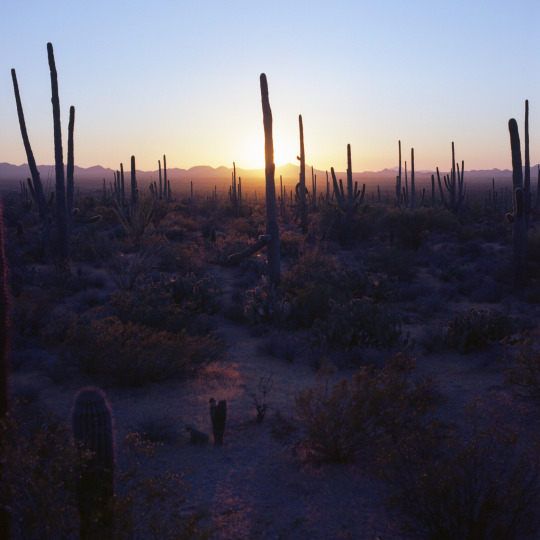
Saguaro Sunset
Arizona
All The Time In The World
Hasselblad 500c/m
Kodak Ektar 100iso
#Saguaro Sunset#Saguaro#All The Time In The World#saguaro national park#national park#arizona#nature#sunset#road trip#on the road#travel#road#photography#photo#photographers on tumblr#photographerslife#photographers directory#original photographers#film photography#color film#film#film is not dead#hasselblad 500c/m#Hasselblad#120#medium format#kodak#cactus#nature photographers
958 notes
·
View notes
Text

Saguaro National Park
#Saguaro National Park#nature#photography#landscape#cactus#sunset#purple#mountains#pink#yellow#clouds#sky#nature photography#aesthetic#curators on tumblr
874 notes
·
View notes
Text
Inktober Days 22-24
Day 22: "Scratchy"

Saguaro, cholla, prickly pear, pincushion, hedgehog, barrel cactus—how magical are these amazing plants? Iconic, unique, perfectly tuned to their environment. The pleats on a saguaro help it bulge and shrink to accommodate water availability, and the inhospitable trunks provide shelter for desert birds.
Saguaro NP produces some of my favorite educational videos in the system, thanks in part to Feature Fridays with Ranger Freddy Gutiérrez Fernández-Ramírez. Just to add to the scritchy-scratchy theme of this prompt, some of the more unusual videos featuring Ranger Freddy show how to remove jumping cholla barbs from your skin and clothes. Rangers in Saguaro carry hair combs in their first aid kits—and it’s not to fix flat-hat hair!
Day 23: "Celestial"

In recent decades, park managers have come to recognize natural soundscapes and pristine night skies as tangible resources, just like clean air, land, and water. As I was entering the NPS field, a big effort was kicking off to designate certain units as Dark Sky parks, and Big Bend is the king of them all. It has the lowest levels of light pollution of any park in the lower 48 and is famous across the NPS for its breathtaking starscapes.
Protecting natural darkness opens up amazing new opportunities for visitors and rangers. I love assisting with night sky programs, because I remember how I felt when I first traveled away from the greater I-85 corridor and saw my first pristine night sky. It’s a primordial type of magic to see stars unveiled from urban lights and humid haze. And the good news is, unlike other endangered resources, dark skies are salvageable. When towns and cities take steps to reduce their light and air pollution, there’s no slow, agonizing recovery—the stars come right back. They’re just up there, waiting to peek at us again.
Day 24: "Shallow"

I have to confess—I used to look down on Congaree, despite it being the only national park in my home state of South Carolina. I thought of it as muggy, buggy, and a bit boring. But when I was researching wetland habitat for A Field Guide to Mermaids, I was stunned to realize just how special this landscape is. Our country used to be covered in immense floodplain forests along river corridors, but the natural flood cycles that made these lowlands so fertile also meant the land was prized for agriculture. Rivers were straightened, forests were cut down, and the rich soil was planted with crops. Because of this, Congaree protects the largest swathe of bottomland floodplain forest left in the United States.
And it’s a gorgeous park, as well. There’s something evocative and eerie about walking the elevated boardwalks over tea-colored water. Spooky cypress knees reach up through the water like outstretched arms, and several massive national and state champion trees loom up out of the thick forest.
This park may not have the accolades some of the grander, more storied parks have, but I’m proud that it’s my home state’s park and glad that it protects one of the last intact forests of its kind.
------
Another big thank you to the folks who have preordered Thirty-One Days of National Parks: The Artbook! The Big Bend page features a little guide to starhopping from the Big Dipper out to other stars!
103 notes
·
View notes
Text
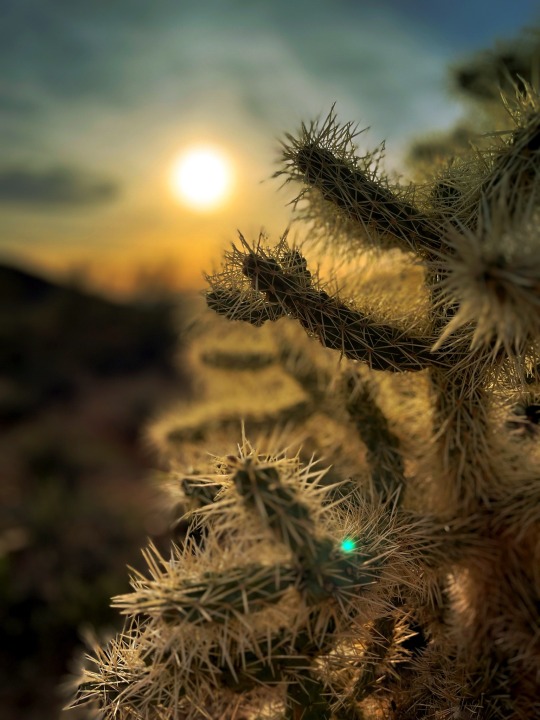
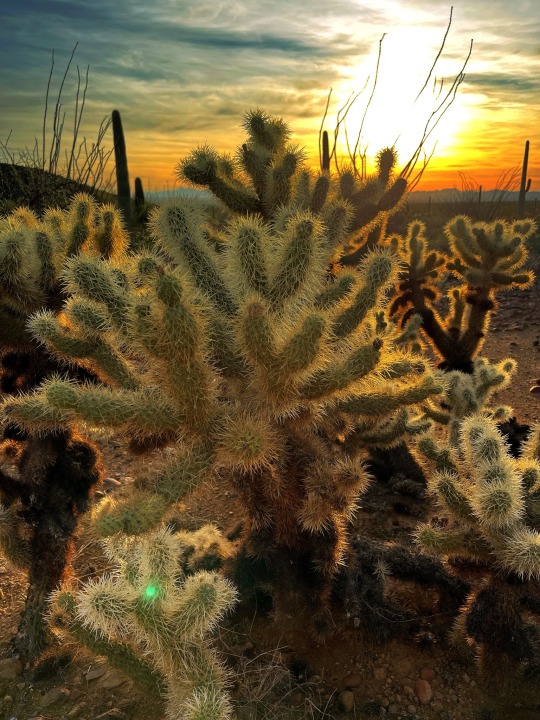
“When the sun is setting, leave whatever you are doing and watch it."
- Mehmet Murat Ildan
#photographers on tumblr#landscape#sunset#original photographers#photography#winter in arizona#arizona#saguaro national park
70 notes
·
View notes
Text

Saguaro National Park,
Saguaros are the largest cactus in the United States.
They can grow up up to 60 ft tall.
#saguaro national park#us#cactus#travel photography#amazing nature#travel#nature#landscape#landscape photography#beautiful nature
49 notes
·
View notes
Text

Untitled.
179 notes
·
View notes
Text

Saguaro National Park - March, 2024
#nature#travel#hiking#national park#saguaro#desert#saguaro national park#cactus#mountains#tucson#arizona#az#landscape#sonoran desert#canon photography
38 notes
·
View notes
Text

Saguaro National Park
An instantly recognizable Arizona icon is the massive saguaro cactus. These giants are 125 years old on average (they grow arms once they’re around 60), can reach 50ft and weigh eight tons. The best place to see this protected species, which only grows in the Sonoran desert, is at Saguaro National Park. It’s divided into Rincon Mountain District (Saguaro East) and Tucson Mountain District (Saguaro West), and the city of Tucson sits smack in between.

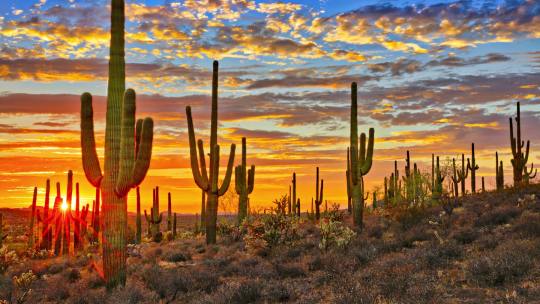
Interesting facts:
Saguaro National Park was the very first national park created specifically to protect a plant species, the Saguaro – a large cactus that is native to the Sonoran Desert and that does not grow naturally elsewhere.
The park contains 523 known archeological sites – spanning more than 8,000 years of human occupation during prehistoric and historic times. It is a delight to see items of human history remaining in the park.
Saguaro National Park is located in the most biologically diverse desert in North America, the Sonoran Desert, which has more than 2000 plant species and over 550 animal species.
The Saguaros, known as the “The Sentinels of the Desert”, may live as long as 200 years and are considered mature at about age 125. A mature saguaro can grow up to 60 feet (18 m) tall and weigh up to 4,800 pounds (2,200 kg) when fully hydrated. The total number of saguaros in the park is estimated at 1.8 million, and 24 other species of cactus are abundant.
More than 165 miles (266 km) of hiking trails wind through the park, where perils may include extreme heat, dehydration, flash floods, cactus spines, snakes, cougars, bears, and Africanized bees.






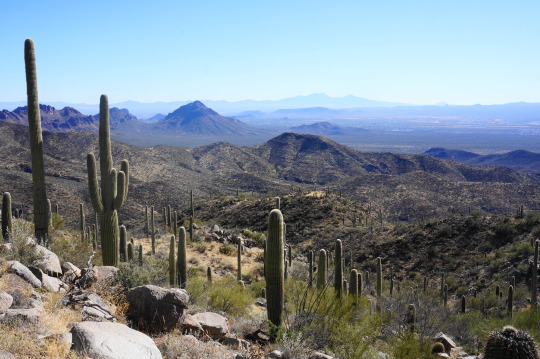
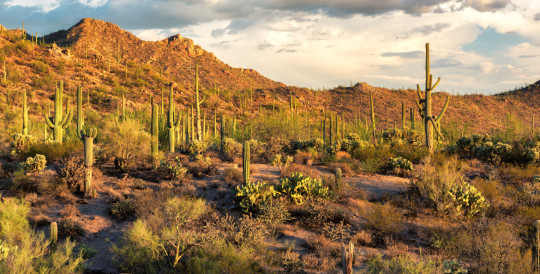
These “desert islands” support 6000 plant species, second only in biodiversity to the Amazon rainforest.
#sonoran desert#tucson#home#home sweet home#saguaro#cactus#sentinels of the desert#desert#national park#Saguaro National Park
100 notes
·
View notes
Text
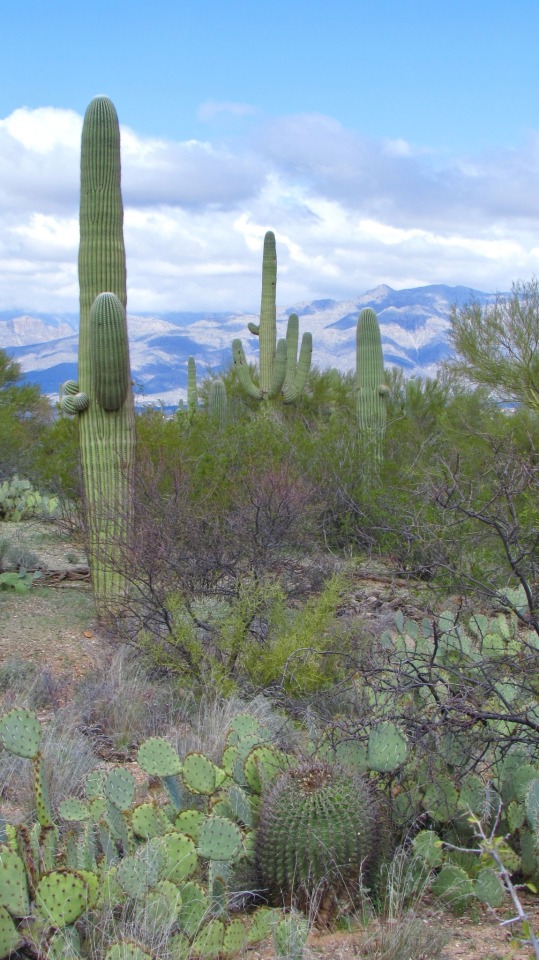
#saguaro National park#saguaros#cactus#adventure#travel#my photo#desert#southwest#mountains#photography#aesthetic#arizona#nature#landscape
511 notes
·
View notes
Text
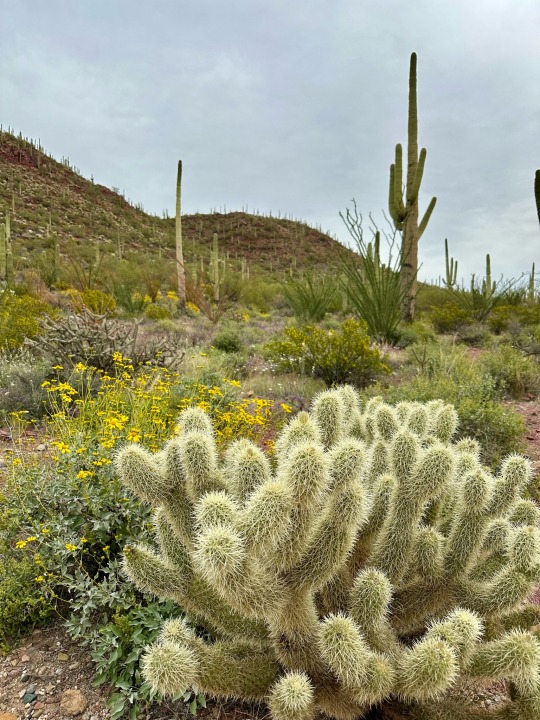
Saguaro National Park 🌵🌼
#desert#arizona#cactus#saguaro#tucson#desert-love#mine#my photgraphy#saguaro national park#hiking#wildflowers#cactus flowers
233 notes
·
View notes
Text
In the last decade, cacti have exploded in popularity, becoming a mainstay of hipster decor around the world – from the homes of China’s growing middle class and the meticulous cactus gardens in Japan to the fashionable cafes of Europe.
In the US alone, sales of cacti and succulents surged 64% between 2012 and 2017; a market that is now estimated to be worth tens of millions. But rising demand has met a thorny problem: cacti are extremely slow-growing, with some species taking decades to grow from seed to full maturity. Hence, many opt for the shortcut: pulling them right out of the ground.
For land managers and scientists who work with cacti, the problem appears to be on the rise. While the precise scale is difficult to measure, and catching thieves red-handed in remote deserts is nearly impossible, major busts offer clues. In 2014, more than 2,600 stolen cacti were seized at US borders – up from 411 just a year before. But law enforcement officials and field scientists say that data represents only a tiny fraction of cactus actually being stolen.
“When I first started we rarely investigated cactus theft,” said one US Fish and Wildlife Service detective, who asked not to be named due to the undercover nature of his work. He has covered the south-west region for more than a decade and says the problem is increasing. “Now we are prosecuting cases involving thousands of plants at a time. The demand is so high that I fear we can’t stop the illegal trade going on.”
While many plants fall victim to underground cactus cartels, a seemingly more benign form of theft has become part of the problem, too. International visitors who come to the south-west specifically to view rare cactus in the wild sometimes take a souvenir home, and social media is exacerbating the problem.
“We’ve had Austrian, German and Italian collectors express strong interest on social media for these plants and they share GPS coordinates,” said Wendell “Woody” Minnich, the former president of the Cactus and Succulent Society of America. “Some of these people come to steal, especially when a new species is identified. They hide the plants in their suitcase and take them back to their greenhouse in Europe.”
Minnich, 71, has been a cactus grower and nursery operator in New Mexico for 50 years. He said the internet had significantly accelerated theft of rare, slow-growing cactus species over the last decade. A case in point: Sclerocactus havasupaiensis, which is native to one drainage at the bottom of the Grand Canyon, was being auctioned on eBay in early January by a seller in Ukraine. It was just one of more than 365 internationally protected plant species that are openly traded on Amazon and eBay.
“Do a Google search on Sclerocactus and you can find people in Russia selling them,” said Minnich. “I have been on public lands in Arizona, New Mexico and Colorado where years ago Sclerocactus were everywhere, and recently I found just a bunch of little holes in the ground.”
#environmentalism#ecology#botany#plants#cacti#national parks#crime#theft#smuggling#usa#saguaro#sclerocactus havasupaiensis
144 notes
·
View notes
Text
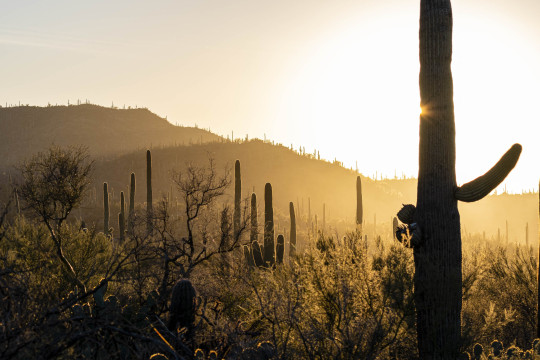

Backlit saguaros (Carnegiea gigantea)
Saguaro National Park, Arizona, USA
O’odham Jeweḍ, Tohono O’odham, and Hohokam land
#original photography#landscape photography#photographers on tumblr#nature photography#hiking#winter#mountains#desert#arizona#saguaro national park
339 notes
·
View notes
Text

And It’s Good
https://www.joshlien27.com/warehouse-open-edition-prints/art_print_products/dsc00657?product_gallery=212535&product_id=5284209
#saguaro#saguaro national park#moonrise#tucson#arizona#fine art#fine art photographer#fine art photography#desert art#national park#desert#beautiful photos#photoblog#photooftheday#photoart#photography#photogram#landscape#nature#wall art
494 notes
·
View notes